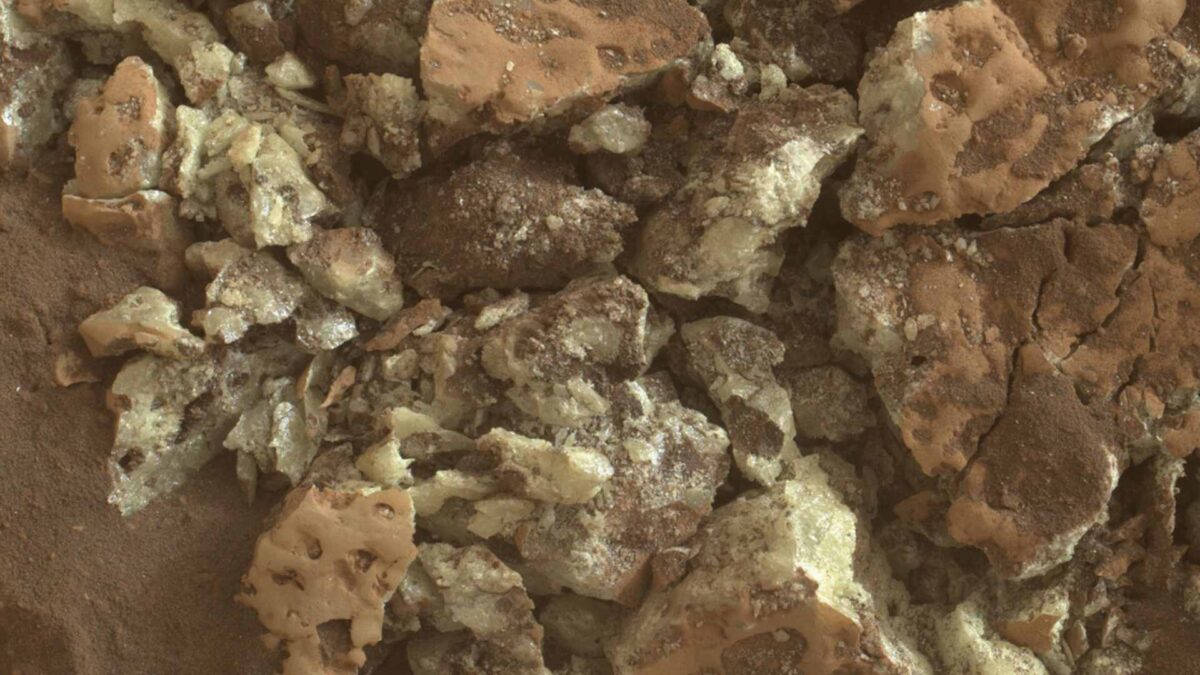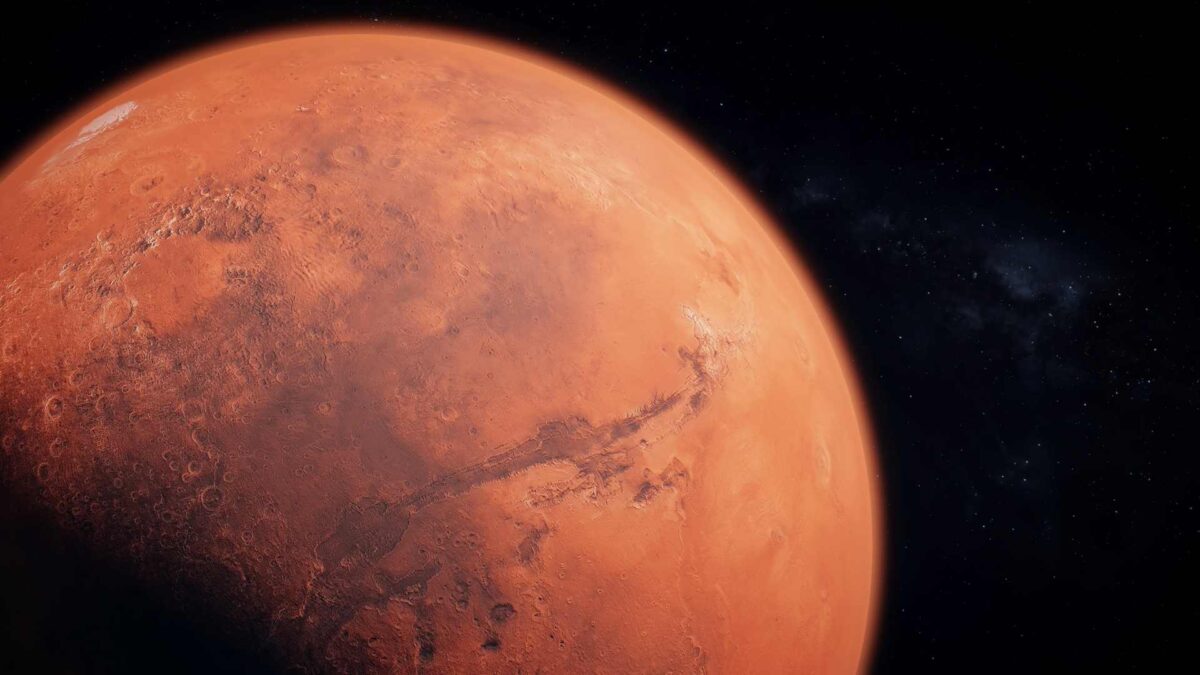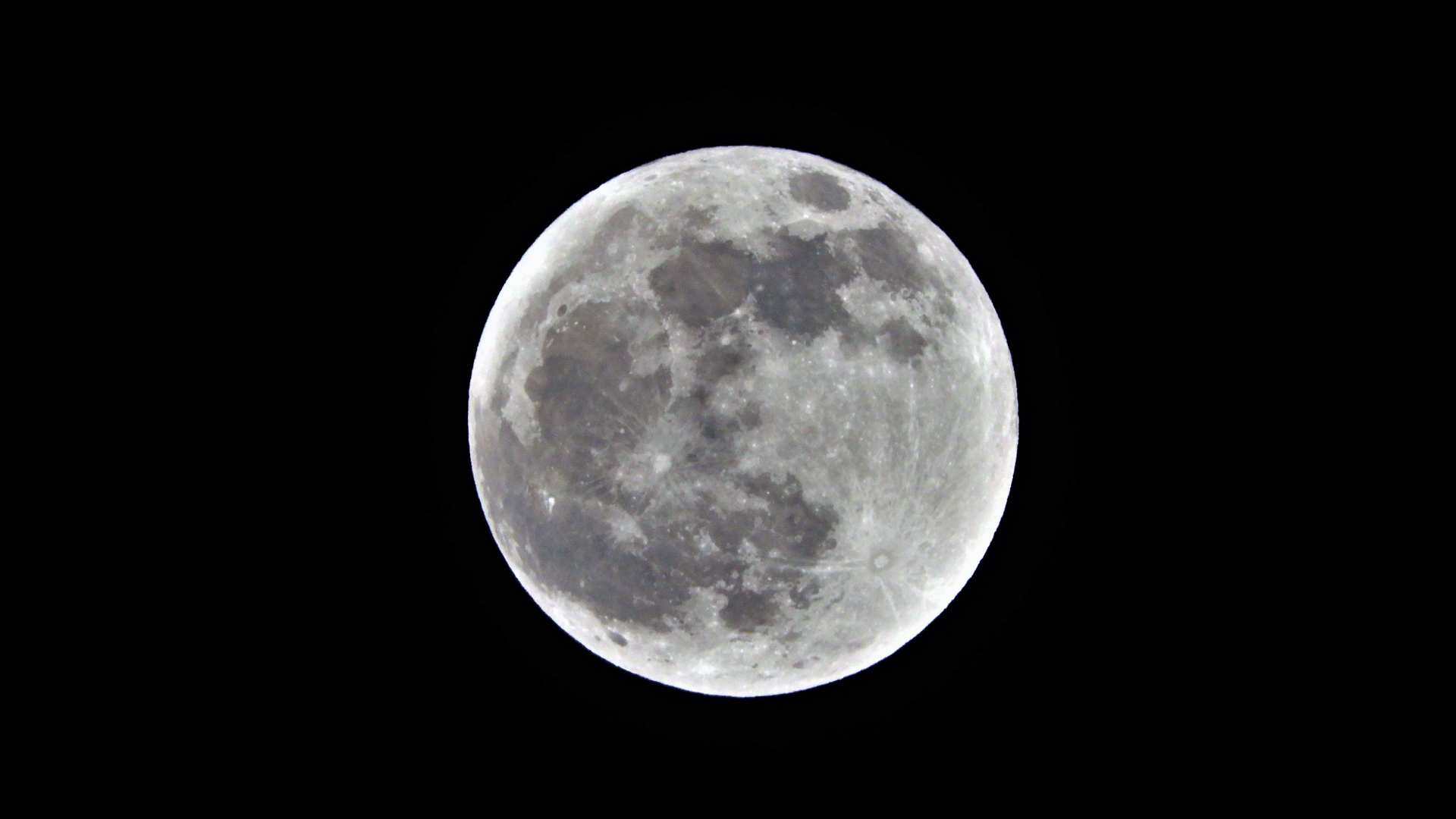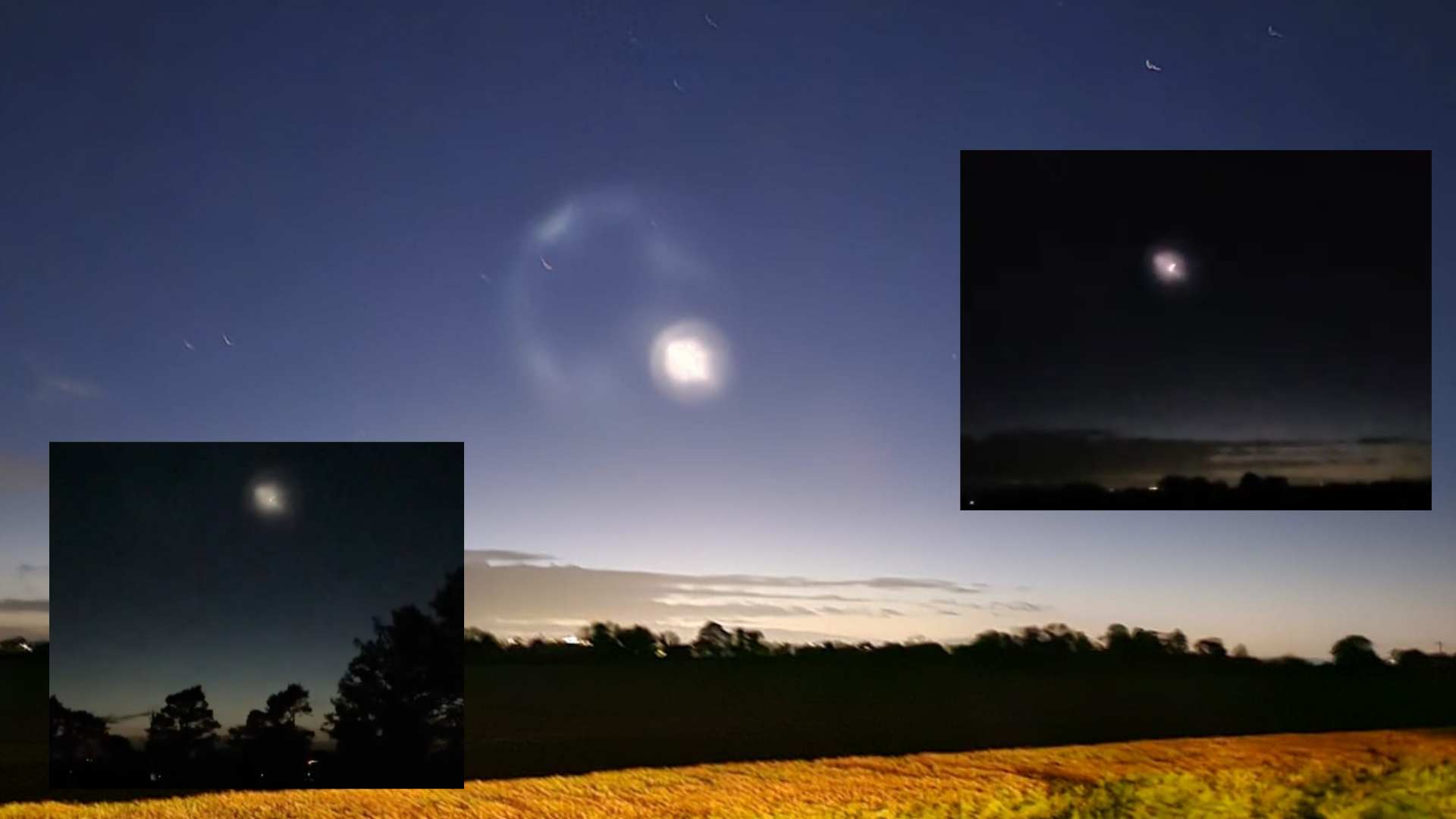
Volcanic gases may have made early Mars hospitable to life

The climate of early Mars remains a mystery but new research indicates its atmosphere may once have been warm enough to support life thanks to volcanic gases rich in sulphur.
A study published in Science Advances by scientists at the University of Texas at Austin suggests that volcanic activity on Mars between three and four billion years ago emitted “reduced” forms of sulphur such as hydrogen sulphide (H₂S), disulphur (S₂) and possibly sulphur hexafluoride (SF₆), a potent greenhouse gas. These gases, the researchers argue, could have helped trap heat and maintain liquid water at the surface.
Lead author Lucia Bellino, a doctoral researcher at the UT Jackson School of Geosciences, said the team’s modelling points to a distinctive Martian environment. “The presence of reduced sulphur may have induced a hazy atmosphere which led to the formation of greenhouse gases, such as SF₆, that trap heat and liquid water,” she said. “The degassed sulphur species and redox conditions are also found in hydrothermal systems on Earth that sustain diverse microbial life.”

The team used data from Martian meteorites to run more than 40 computer simulations, testing different temperatures, concentrations and chemical conditions to estimate how much carbon, nitrogen and sulphide gases may have been emitted. Unlike earlier models which emphasised sulphur dioxide, their work shows that chemically reduced sulphur gases could have dominated.
The study also highlights how sulphur on Mars appears to change form over time. Martian meteorites contain high levels of reduced sulphur while the planet’s surface shows sulphur bound to oxygen. “This indicates that sulphur cycling, the transition of sulphur to different forms, may have been a dominant process occurring on early Mars,” Bellino said.
Their findings gained an unexpected boost last year when NASA’s Curiosity rover cracked open a rock and revealed elemental sulphur. Although Mars is rich in sulphur-bearing minerals, this was the first time sulphur had been found in pure form. “One of the key takeaways from our research is that as S₂ was emitted, it would precipitate as elemental sulphur,” said co-author Chenguang Sun, an assistant professor at the Jackson School. “When we started working on this project, there were no such known observations.”
The researchers now plan to use their simulations to probe other factors crucial to habitability, including the source of water on early Mars and whether volcanic activity could have created large surface reservoirs. They also hope to determine whether reduced sulphur could have served as a food source for microbes in conditions similar to Earth’s hydrothermal systems.
Mars today is cold and dry, with an average temperature of about -80°F (-62°C). Bellino hopes climate modellers can use her team’s data to estimate how warm the planet might once have been and how long microbial life, if it existed, could have persisted in a more temperate atmosphere.
The research was funded by the University of Texas at Austin’s Centre for Planetary Systems Habitability, the US National Science Foundation and the Heising-Simons Foundation.
Share this WeathÉire story:







